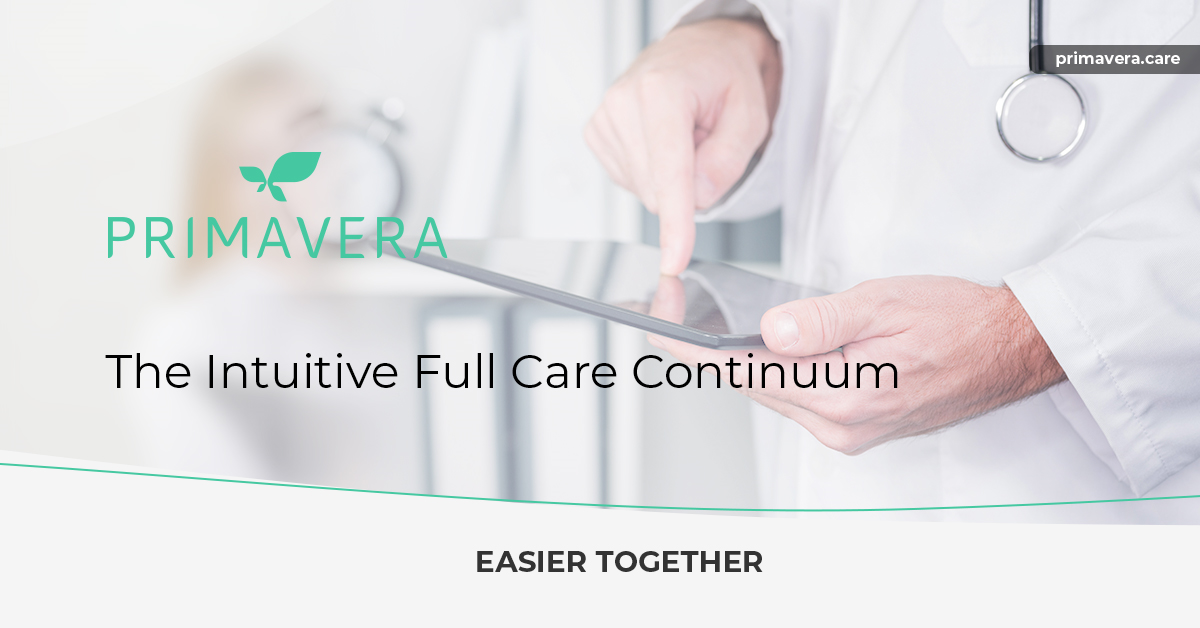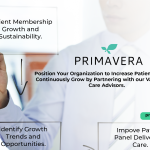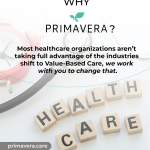The Full Care Continuum is a patient’s journey from preventive care, to hospital, to rehabilitation, to maintenance through general medicine or primary care. While it would make for a more simplistic system, not every patient will follow these movements in the same order.
Through intuitive case management, practitioners and case workers can not only keep track of a patient’s individual journey, but maximize the effectiveness of their care through communication, analysis, and automation.
Why does this work? Intuitive case management is a product of a multi-faceted digital approach to care, designed by clinicians who are inspired by other successful multi-angled care initiatives.
Convenient Care with Multi-Specialty Facilities
A multi-specialty clinic is a facility with shared resources. Doctors, administrative staff, support staff, even funding and equipment are shared among multiple internal practices that partner together to provide an integrated, holistic care environment.
It’s easy to see how a multi-care model naturally compliments the full care continuum. Patients receiving care within one “practice” of the multi-care facility are already connected with resources for other forms of care without the stress of insurance providers or other restrictions.
The Multi-Specialty model has been around longer than we realize. In fact, one of our most recognized medical facilities, the Mayo Clinic, is a multi-specialty care center which, by 1926, had developed an integrated structure made up of 386 dentists and physicians.
Unprecedented Growth
The healthcare industry has experienced unprecedented growth throughout the last decade going from almost 3 trillion in National healthcare service expenditures (excluding prescription drugs and equipment) in 2010 to just under 4 trillion by 2020.
This described growth makes cohesion between practices paramount purely from a functional infrastructure perspective, let alone the patient experience. The question is, how do we connect resources seamlessly keeping the patient in mind?
Digital Multi-Specialty Models
Integrated healthcare platforms are the latest construction space for innovative, care-centered health professionals who have worked with developers to improve the relationships between patients, payors, and practitioners. At the core of this model is case management.
As with brick and mortar multi-specialty facilities, digital healthcare suites aim to seamlessly transition resources between care types through an easy to navigate software that manages data and documents while facilitating connection between providers and vendors.
A necessary added layer to the digital suite, which does not have a physical counterpart, are a series of actionable plans that trigger alerts based on constantly updating parameters. Patient data is a significant ally in orchestrating a full care approach. The fact that you can access your patient’s information – or even just contact your patient directly – at the touch of a button, only increases the time you get to properly communicate with and assess your patients.
Breaking Down the Digital Healthcare Suite
Case management is the healthcare industry’s tried and true approach to navigating patients through the care continuum, and it is classically an approach made up of human efforts.
Let’s walk through what case management looks like with a supportive digital foundation:
- Reminders can be set and prioritized by risk level to create follow up tasks, but also to utilize predictive data to flag patient files in the preventive care stage before health risks become escalated.
- In an escalated health scenario; hospitalized patients, or populations requiring consistent acute care, real-time notification offer priority updates to inform the case manager, but can also alert other networked professionals in the system.
- A linked education platform provides materials to share with clients and patients regarding their personal care management; supportive therapies, and general health information.
- Custom care plans can be plotted out and scheduled, transportation can be arranged, and patients can continue to be monitored and prioritized via data as well as through easy methods of direct communication – both with patients and practitioners.
A quality healthcare platform is a symbiotic solution that works for patients from an individual care perspective, and also works for time-pressed professionals with data prioritization, alert escalations, and structured scheduling.
Learning as We Go
The good thing about data is that it accumulates. Data analytics overtime leads to more intuitive digital processes that increase the specificity of risk assessment and alerting. As the technology progresses, the base fundamentals of case management remain the same:
- Provide care for the patient
- Guide the patient through the care continuum, adapting to their unique needs and providing education and logistical solutions
- Utilize modern tools and technologies to make structuring patient care efficient but also manageable for you.
All of the above speak to creating a quality journey for the patient through the healthcare system, but also a journey for case workers and practitioners that can be easily managed and enacted. The old adage, work smarter not harder definitely applies here. Overworked care providers who are maxed out on their resources will not be able to fulfill their role on the care continuum. Data analysis, risk assessment, scheduling, and automation help with resource management across the care network for a better care experience.
Care is not possible without a plan. Curious how a digital healthcare suite can help you? Reach out to schedule your demo or for a free trial!








Recent Comments